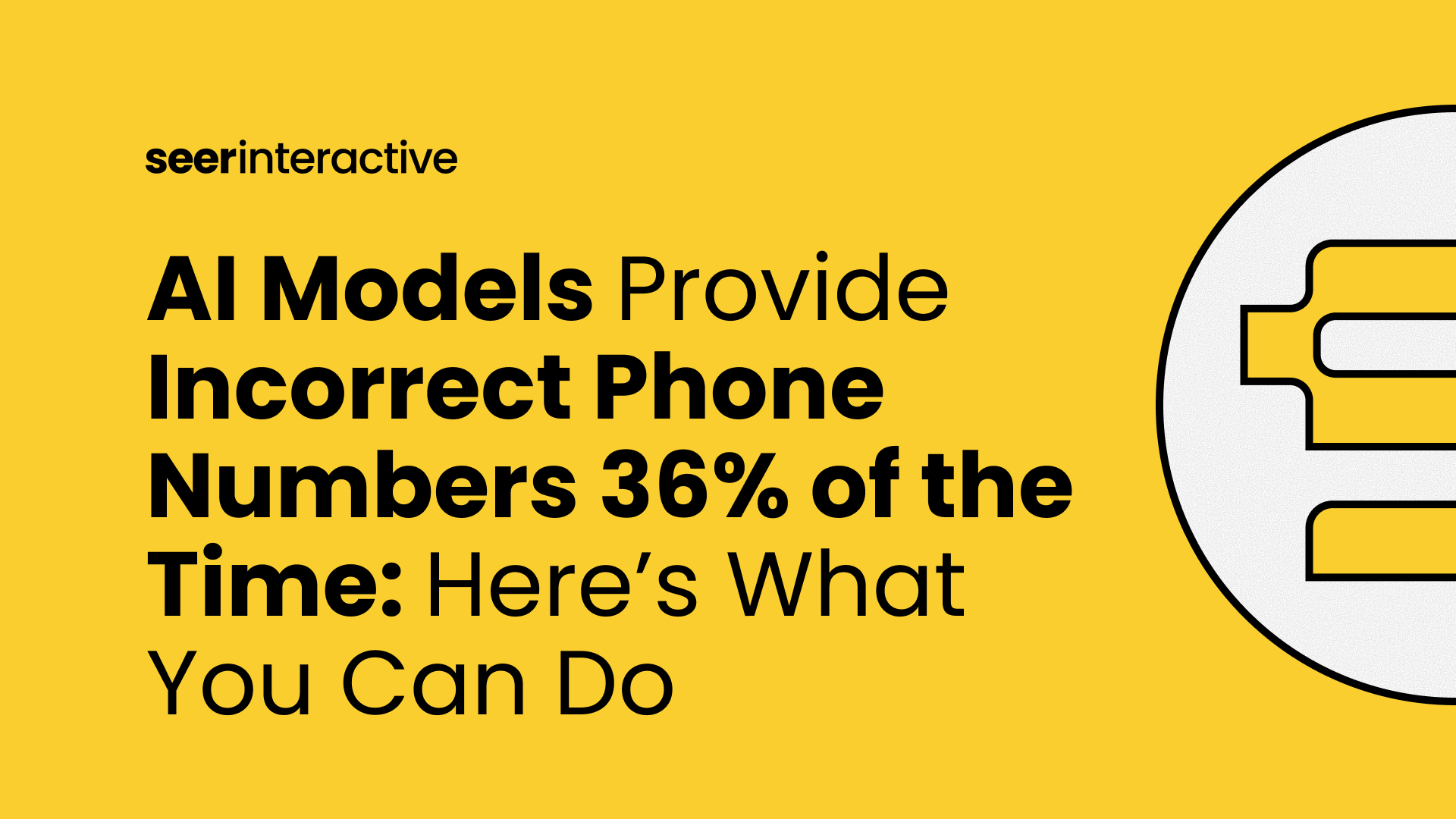If you are old enough to remember AOL chat rooms and dial-up, you are living in the future surrounded by robots, self-driving cars and smart homes. And in this future we have Artificial Intelligence everywhere: tools to create images, websites, content and anything you can dream of. But with so many options, have you ever stopped to wonder which AI tool you should be leveraging? Is one tool more capable than another?
As I started writing this blog, my Google Docs is asking if I need help writing! The irony is not lost on me but no thanks, for this article a human will write the bulk of the material. I say bulk because this is a head-to-head comparison of two AIs and the content they can present. In a day and age when computers can write some pretty great content, streamline your ad copy, and sometimes be unrecognizable to the naked eye - how do you know if the content is good enough or which tool is superior for the content? Short-answer is you don’t!
That said, let’s see if we can discern which tool is better: ChatGPT or Google Bard for creating content for business needs. We will score these in three rounds by using the same prompts to each tool.
ROUND ONE - MARKETING ANALYSIS
Our first topic, let’s see which one can do a basic marketing analysis. I asked both ChatGPT and Google Bard the same question:
“Create a SWOT (strengths, weaknesses, opportunities, and threats) analysis for a website that sells custom Tshirts.’
The results are pretty good for basic entry-level marketing ask. Both tools understood the ask without any further prompts. However, only ChatGPT completed the whole 4 quadrant ask, with all 4 sectors. Google Bard only presented Strengths and Opportunities with bullets.
I followed up, asking to create a graphic with the bullets in a 4-quadrant view. While neither tool in their “free” states could do this, I pay for ChatGPT 4 and its strength is in visuals. ChapGPT 4 was able to supply a nice visual with all 4 boxes. Bard however, created a spreadsheet that can be exported to Sheets but it was still missing 2 quadrants of the SWOT. Top marks for understanding and following directions goes to ChatGPT in this case.
Winner Round One: ChatGPT
ROUND TWO - AD COPY
Next, let’s try a more specific task to create ad copy for a new business that fits the character limits of a Google RSA. I asked both this prompt:
‘Create a Google RSA ad for this website selling custom tshirts.’
Given Bard is a Google tool, I expected it would have an advantage in adhering to character limits and structure of the ad. However, to my surprise the ChatGPT response gave me various headlines calling out the character limit of 30 characters even though I did not specify limits in my prompt. It also provided descriptions of up to 90 characters.
Bard did tie the headlines and descriptions back to the previous ask on the SWOT from round one, pointing out which ones resonated with the presented Strengths or Opportunities; however the character count was not correct. ChatGPT also provided URL path examples. Here are some examples of the responses:
Google Bard:
Headline - Design Your Dream Tee: Unleash Your Creativity with Custom T-Shirts! (Appeals to personalization and individuality) (70 characters!)
Description - Millions of designs, endless possibilities. Create custom t-shirts for any occasion: birthdays, holidays, inside jokes, and more! (Focuses on versatility and wide range of uses) (129 characters!)
ChatGPT:
Headline - Unique Custom T-Shirts (22 characters)
Description - Turn your ideas into reality with our easy-to-use design tools. Start creating now! (83 characters)
Given the headlines and descriptions were strong in Bard, I did a follow-up request with the correct character count.
‘Please re-write with a character limit of 30 characters on headlines and 90 characters on descriptions.’
With that added context, it was able to revise the writing and provide me three options within the character limits, and also supplied URL Paths with them. Here is the revised ad copy:
While these did meet the character limits, some of the verbiage sounds like a bot wrote it. I particularly liked the ‘Vibrant prints & smiles!’ in option #2.
Winner Round Two: ChatGPT
ROUND THREE - COMPETITIVE ANALYSIS
For the last and final round, I decided to see which companies the tools would identify as my competition. Both tools mentioned market saturation in the SWOT analysis so I wanted to see how well it could gauge direct competition. So I asked
‘who are the established players in this industry?’
The results were spot on from both. Google Bard gave the responses listed by type of company: large e-commerce, specifically T Shirts, and niche players. ChatGPT gave 10 ‘established’ players. While I do love the extra step Google Bard took to organize the responses across different subtypes, ChatGPT followed the ask exactly with no additional AI ideas to share.
I then followed up to ask:
‘what is the white space we could play in?’
ChatGPT gave me 12 areas where a new entrant ‘could find underserved areas or innovative approaches that the established players may not be fully exploiting.’ Google Bard acknowledged that ‘white space’ can ‘have several interpretations, and provided three areas that may fit but asked for more info.
I then took the response from ChatGPT ‘find underserved areas or innovative approaches that the established players may not be fully exploiting’ to provide more context to Bard. It then gave me 10 underserved areas and 10 innovative approaches.
Both of the tools had similar responses on personalization, subscription models and collaborations. It was hard to choose a winner if I’m being honest but I have to give this one to Google Bard for doing explicitly what was asked and also asking for more context, realizing the expansive nature of the prompt. It also added ‘Blockchain-based authenticity’ to innovations which was fascinating to me that it would include something so nouvelle.
Winner Round Three: Google Bard
So, Who Won?
At the end of this exercise, the overall winner was ChatGPT but that does not mean it can be deemed the superior AI tool. These are also only two tools of many that can help make marketers/businesses lives easier. If other prompts had been given, it is hard to predict the outcome. However, what is clear is that these tools cannot replace the human element. In their current state, I do think they are great supplemental research and idea generating tools. Coupled with industry information and the appropriate editing, these tools can help streamline and ideate. If given very specific requests with all known limitations expressed, Google Bard is sufficient but the translation of written text still sounds a bit off, again needing human intervention. ChatGPT 4 can work in various formats/visuals and seems to have more intrinsic knowledge of marketing formats. Leveraging them together however, may be the best of both. I’d be curious to see what other head-to-head comparisons can be made to further identify their own strengths and weaknesses. Perhaps a SWOT on AI tools is warranted.


